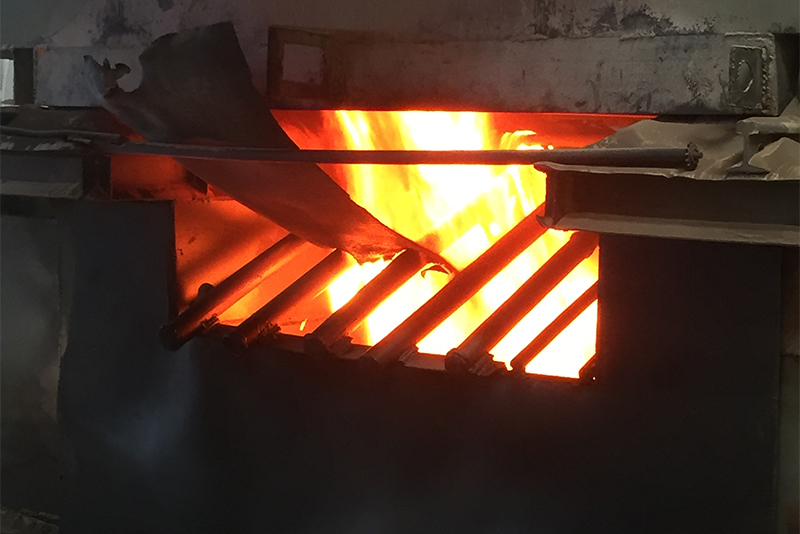The Art of Sanding in 3D Printing Achieving Smooth Surfaces
3D printing has revolutionized the world of manufacturing, allowing designers to create complex geometries that were previously impossible or too costly to produce using traditional methods. However, one of the common challenges faced by 3D printers is achieving smooth and aesthetically pleasing surfaces. This is where the art of sanding comes into play, transforming rough prints into beautiful finished products.
When a 3D print is completed, it often exhibits layer lines, visible seams, and other imperfections that detract from its overall appearance. These issues arise because most 3D printing technologies, such as Fused Deposition Modeling (FDM) and Stereolithography (SLA), build objects layer by layer. Although the precision of these methods continues to improve, some level of post-processing is usually necessary to achieve a polished finish.
Sanding is one of the most effective and widely used methods for post-processing 3D prints. The technique involves using abrasives to remove material, thus smoothing out the surface of the print. Here’s a step-by-step guide on how to effectively sand your 3D printed objects for a professional finish.
1. Prepare Your Workspace and Materials
Before you begin sanding, ensure that your workspace is well-lit and clutter-free. Gather your materials sandpaper of various grits (ranging from coarse to fine), dust mask, safety glasses, and a soft cloth. It’s important to use the right grit; a lower number (e.g., 60-120 grit) is suitable for initial sanding, while higher numbers (e.g., 220-400 grit) are ideal for finishing touches.
2. Begin with Coarse Sandpaper
Start with the coarse sandpaper to tackle the major imperfections. Sand in a circular motion or along the direction of the print layers, applying even pressure. It’s essential to focus on high spots and areas with the most pronounced imperfections, but be careful not to over-sand any single area. Frequent inspection will help you gauge your progress and avoid removing too much material.
3. Progress to Finer Grains
3d printing sanding

After the major imperfections have been addressed, switch to finer grit sandpaper. This step smooths the surface and prepares it for the final finish. Take your time here; slow, steady movements will yield the best results. Keep checking your progress often to ensure an even surface.
4. Clean the Surface
Once you have achieved a smooth surface, clean your print thoroughly to remove any dust and debris created during sanding. A soft cloth or compressed air can effectively eliminate residue. This step is crucial, especially if you plan to paint or apply a finishing coat, as any leftover particles can compromise the final look.
5. Optional Apply a Primer and Paint
If desired, you might choose to spray a primer on your smoothed print, especially for larger or more complex projects. The primer acts as a foundation for painting and can further enhance the smoothness of the surface. After the primer has dried, you can apply your chosen paint, resulting in a professional and aesthetically pleasing finish.
6. Additional Techniques
While sanding is a vital part of post-processing, there are other techniques that can complement it. For instance, using a vapor bath with materials like acetone (for ABS prints) can dissolve layer lines and create a smooth surface without the need for extensive sanding. However, this requires careful handling and safety precautions due to the chemicals involved.
In conclusion, sanding is an indispensable skill in the realm of 3D printing, allowing hobbyists and professionals alike to elevate their creations. By investing time and effort into the sanding process, one can transform a basic 3D print into a stunning piece of art or a functional product, showcasing the true potential of additive manufacturing. Whether for personal projects or commercial endeavors, mastering the art of sanding is essential for any serious 3D printing enthusiast.
Post time:Dec . 05, 2024 18:42
Next:how to sand small 3d prints
